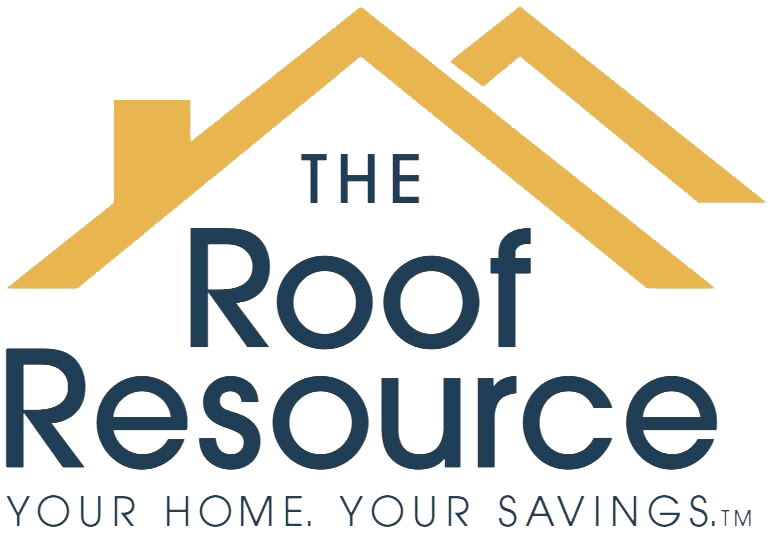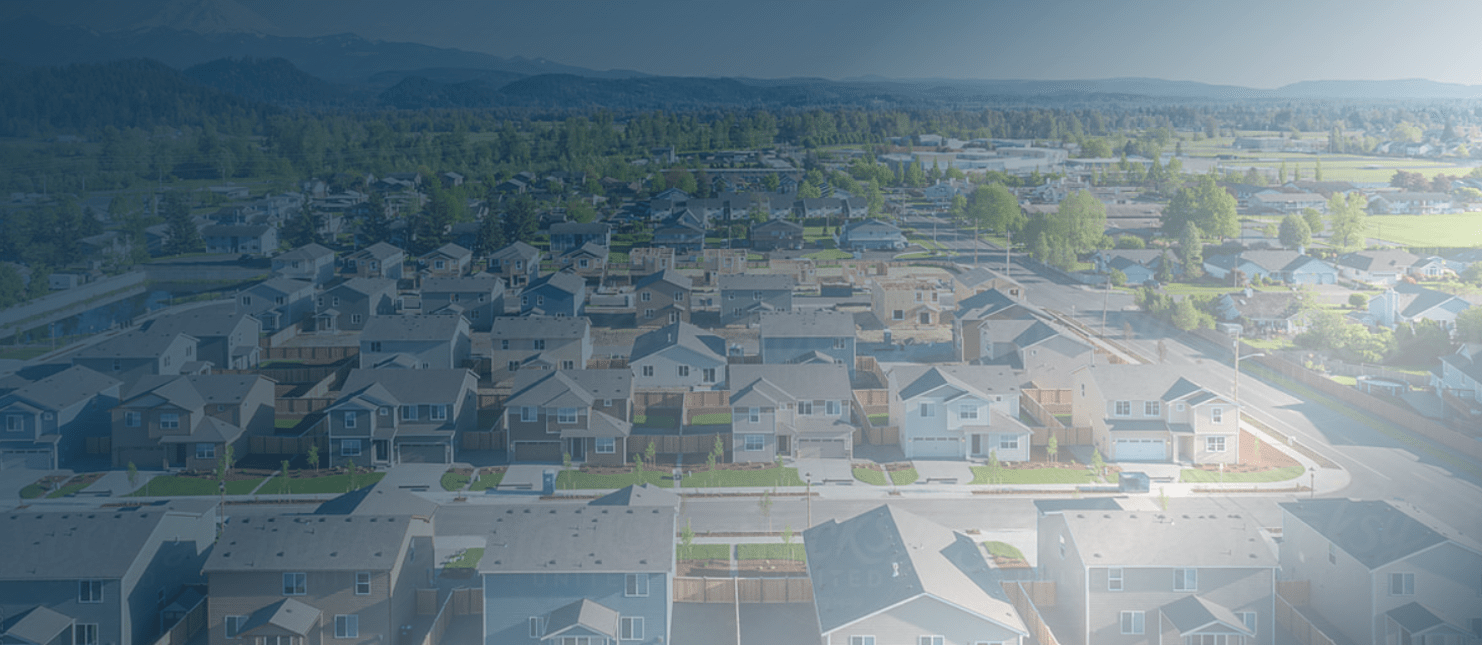How Much Does A New Roof Cost in Hamtramck, MI
Affordable roofing solutions. Get a free quote today!
Roof replacement is a significant investment for any homeowner. Whether it’s due to age, weather damage, or simply wanting to update the look of your home, the cost of a new roof is a common concern for many homeowners. If you’re a homeowner in Hamtramck, MI, and you’re considering a new roof, you likely have numerous questions about the cost, materials, and process involved. In this comprehensive guide, we’ll address the frequently asked questions surrounding the cost of a new roof, providing you with valuable insights to help you make an informed decision.
Factors Affecting the Cost of a New Roof
The cost of a new roof is influenced by various factors, and recognizing these factors can help you estimate the potential expenses involved. Here are some key factors that affect the cost of a new roof:
1. Material Quality: The type and quality of roofing materials play a significant role in determining the overall cost. From asphalt shingles to metal roofing, each material comes with different price points and longevity.
2. Roof Size and Complexity: The size and complexity of your roof will directly impact the cost of replacement. A larger roof with complex angles or designs may require more labor and materials, leading to higher costs.
3. Roof Pitch: The steepness of your roof, also known as the pitch, can affect the cost of installation. Steeper roofs may require additional safety measures and labor, impacting the overall cost.
4. Underlayment and Decking: The condition of the roof decking and the type of underlayment required can add to the total cost of a new roof. Any necessary repairs or upgrades to the decking will contribute to the overall expenses.
5. Roof Accessories: Features such as skylights, chimneys, and ventilation systems can add complexity to the roofing project and influence the overall cost.
6. Local Regulations and Permits: Local building codes, permits, and regulations may impact the cost of a new roof. It’s essential to consider these factors when estimating the expenses.
7. Contractor Expertise: The experience and expertise of the roofing contractor can also affect the cost. Highly skilled contractors may charge higher fees for their services, but they often deliver superior results.
Estimating the Cost
When estimating the cost of a new roof, it’s crucial to gather multiple quotes from reputable roofing contractors. Each contractor’s estimate should provide a detailed breakdown of the expenses, including materials, labor, permits, and any additional services required. By comparing multiple quotes, you can gain a better recognizing of the average cost and identify any significant variations between estimates.
In addition to obtaining quotes, it’s essential to consider the long-term value and durability of the roofing materials. While upfront costs are a significant consideration, investing in high-quality materials that offer excellent longevity may result in cost savings over the lifespan of the roof.
Remember that the lowest estimate is not always the best option. A thorough evaluation of the quality of materials, workmanship, and warranties offered by each contractor is crucial in making an informed decision about the cost of your new roof.
Choosing the Right Materials
Selecting the right roofing materials is an important decision that can impact the cost, aesthetics, and performance of your new roof. Here are some commonly used roofing materials with their respective benefits and considerations:
1. Asphalt Shingles: Widely used for their affordability and ease of installation, asphalt shingles come in various styles and colors. They offer good durability and weather resistance, making them a popular choice for residential roofing.
2. Metal Roofing: Known for its longevity and energy efficiency, metal roofing is a durable option that can withstand extreme weather conditions. While the upfront cost may be higher, the long-term benefits often make it a cost-effective choice.
3. Wood Shingles and Shakes: These natural, rustic-looking materials offer excellent insulation and aesthetic appeal. However, they may require more maintenance and have a higher upfront cost compared to asphalt shingles.
4. Slate and Tile: With unmatched elegance and durability, slate and tile roofing materials bring a timeless charm to any home. While they are among the most expensive options, their longevity and low maintenance make them a worthwhile investment.
The Installation Process
The process of installing a new roof involves several essential steps, from preparing the site to the final inspection. Understanding the installation process can provide valuable insights into the associated costs and timeframes. Here’s an overview of the typical steps involved in roof replacement:
1. Inspection and Assessment: A professional roofing contractor will conduct a thorough inspection of your existing roof to assess its condition and identify any underlying issues that need to be addressed. This inspection will help determine the scope of work and the materials required.
2. Removal of Old Roofing: In most cases, the old roofing materials will need to be removed before the new roof can be installed. The labor and disposal costs associated with removing the old roof will contribute to the overall expense.
3. Repair and Replacement of Decking: If the roof decking is damaged or deteriorated, it will need to be repaired or replaced before the new roofing materials can be installed. Any necessary repairs to the decking will add to the total cost.
4. Installation of Underlayment: The installation of underlayment is a critical step that provides an additional layer of protection against moisture and ensures proper waterproofing for your new roof. The type and quality of underlayment can impact the overall cost.
5. Roofing Material Installation: Once the underlying components are in place, the roofing materials will be installed according to the manufacturer’s guidelines and industry best practices. Labor costs, material waste, and the intricacy of the installation will influence the overall expense.
6. Final Inspection and Cleanup: After the new roof is installed, a final inspection will be conducted to ensure the quality and safety of the work. Cleanup and disposal of debris will also be factored into the total cost of the project.
The core message
The cost of a new roof is a significant investment that requires careful consideration and planning. nderstanding the factors that influence the cost, estimating expenses, selecting the right materials, and comprehending the installation process, homeowners can make informed decisions when embarking on a roof replacement project. It’s essential to work with reputable roofing contractors who prioritize quality workmanship and offer transparent pricing to ensure a successful and cost-effective roofing experience.
In the end, investing in a high-quality roof can enhance the aesthetic appeal, structural integrity, and long-term value of your home, providing you with peace of mind for years to come.


